Parc national du Mt. Juwangsan (주왕산국립공원)
12.6Km 2021-03-30
169-7, Gongwon-gil, Cheongsong-gun, Gyeongsangbuk-do
+82-54-870-5300
Le mont Juwangsan (721 m) a été classé parc national en 1976, il s'agit actuellement du plus petit des parcs nationaux du pays. Ce parc national se situe au beau milieu d’un zone montagneuse. Cette montagne aux inclinaisons faibles est un lieu propice pour la promenade.
Juwangsan est aussi appelé Seokbyeongsan, Jubangsan ou encore Daedusan. Il existe une légende concernant Juwon le roi de Silla (dynastie allant de -57 à 935) qui dit-on vécut dans cette montagne après avoir été défait par le royaume de Goryeo. C'est pour cette raison que la Montagne porte aussi le nom de mont Juwang. De plus on raconte aussi que le Roi Wuju de la Chine des Jin vint se retirer dans cette montagne et fut découvert par le Général de Goryeo Ma Ilseong et tué à coup de flêches et de massue de fer.
De nombreux temples et érmitages sont présents à Juwangsan : Daejeonsa, Gwangamsa, Yeonhwasa, Juwangam, Baengnyeonam, Yeonhwaam... Daejeonsa abrîte un portrait du Patriarche Samyeong ainsi qu’un panneau écrit de la main du Général Yi Yeosong ( ?-1598) du Royaume des Tang envoyé au Patriarche, tous deux classés trésors culturels.On peut y voir de nombreux rochers, Giam, Seokbyeolam, Geupsudae, Jeongam, Adeul bawi, mais également la grotte où vécut le Roi Juwang avant d’être assassiné, la grotte de Mujang où étaient entreposées des armes, celle de Yeonhwa qui servait de terrain d’entraînement (150m x 7m) ...
A voir également, les chutes d’eau numéro 1, 2 et 3 et la chute de Dalgi, les vallées de Juwang, Woloe, Naewon. Sur le cours moyen du fleuve Goenae se trouve le point d’approvisionement en source d’eau minérale, Dalgi.
Musée Folklorique de Cheongsong (청송민속박물관)
13.3Km 2021-02-26
222, Juwangsan-ro, Cheongsong-eup, Cheongsong-gun, Gyeongsangbuk-do
+82-54-874-9321
Situé dans le Parc National de Juwangsan (à Cheongsong, Gyeongsangbuk-do), le Musée de Cheongsong fut ouvert en 1999 afin de promouvoir l’Histoire et la culture du comté et de sa région proche.Le musée de trois étages propose des salles d’expositions intérieures et extérieures ainsi que des salles d’archives. La Salle d’Expositions Intérieure présente du matériel d’éducation lié à l’agriculture et aux coutumes de Cheongsong. Des expos –telles que « La Chambre d’Hôtes Traditionnelle », « La Salle de Tissage », « Les Objets de la Vie Quotidienne », et « La Porcelaine de Cheongsong »- proposent des aperçus du mode de vie des habitants d’autrefois.
La Salle d’Expositions Extérieure reproduit quant à elle une taverne traditionnelle, une Mulle banga (roue à eau), une Yeonja banga (meule animée par la traction de chevaux ou boeufs), un Josan (monument pour éloigner le mauvais sort et protéger la prospérité) ainsi que des Seondeol (pierres naturelles utilisées pour des pratiques religieuses). Tout cela vous permet de découvrir la vie agricole du passé. Des totems traditionnels (appelés Jangseung ou Sotdae) vous attendent à l’entrée du musée.
Les horaires pour les expositions sont de 9h à 18h (17h en hiver). Le musée est aussi entouré par de nombreuses attractions touristiques : Wangbeodeul (grand saule désigné Monument Naturel numéro 297) à Bugok-dong, les Chutes Dalgi, la Rivière Cheongun et le Terrain de Campin Estudiantin de Songsaeng-ri.
Le Village d’Art de Jirye (지례예술촌)
15.0Km 2024-07-08
769, Bakgok-ri, Imdong-myeon, Andong-si, Gyeongsangbuk-do
+82-54-852-1913
Le village d’art de Jirye à Andong est le l’endroit par excellence où vous pourrez vivre une experience de la culture coréenne traditionnelle. Le site a été désigné comme village artistique en 1990. Le site propose de nombreuses activités liées aux traditions en Corée et à l'artisanat.
Parc Unesco de la vallée Jeolgolgyegok à Cheongsong (절골계곡-청송 국가지질공원)절골협곡 (청송 국가지질공원)
15.1Km 2024-12-13
Gyeongsangbuk-do, Cheongsong-gun, Juwangsan-myeon, Jusanjiri, San124
+82-54-870-6111
La vallée Jeolgolgyegok se situe au sud-est du mont Juwangsan et se caractérise par son eau pure. Avec ses roches étonnantes et sa dense forêt, la vallée Jeolgolgyegok vous propose des randonnées pleines d'émerveillement.
A environ 1km de la vallée, vous trouverez le lac de Jusanji.
Etang Jusanji (주산지)
17.1Km 2024-12-13
Juwangsan-myeon, Cheongsong-gun, Gyeongsangbuk-do
+82-54-870-6111
Jusanji, situé dans le parc national de Juwangsan de hanjarak, désigne un petit lac niché entre des monts.
Il a été construit vers 1720. Pendant 300 ans, il a servi de réservoir d’eau pour les habitants aux alentours et pour l’irrigation de leurs champs. Le lac mesure environ 100 m de long, 50 m de large pour 7-8 m de profondeur. Malgré les différentes périodes de sècheresse, le lac a toujours su survivre aux différentes intempéries.
Dans les environs de Juwangsan, on trouve également une petite forêt dense alors que le lac est entouré notamment par une trentaine de saules d’une 150aine d’années.
Afin de mieux apprécier Jusanji, les saisons les plus belles sont le printemps et l’automne.
Aux alentours de Jusanji se trouve la route de Naejuwang, avec ses chemins tortueux et ses lieux très difficilement accessibles au fin fond de la montagne (les chemins de randonnées autour du lac en montagne sont régulièrement fermés au public) .
Le site du lac est également au centre du film du réalisateur Kim Ki-duk, « Printemps, été, automne, hiver et printemps ». Le fameux pavillon au centre du lac présent dans le film a été construit pour le tournage, il n'est plus visible sur le site.
Suaedang / 안동 수애당
18.2Km 2025-08-12
1714-11, Sugogyonggye-ro Imdong-myeon, Andong-si, Gyeongsangbuk-do
+82-54-822-6661
'Suaedang Traditional House was built by Ryu Jin-geol, also known by his pen-name of Suae, in 1939. This hanok-style house consists of three buildings that measure 29-kan (a traditional measurement that corresponds to the space between two columns) in total.
The main room, or jeongchim (7-kan at front and 2-kan at sides), has a half-hipped roof, and forms a‘ㄱ’-shape with the storeroom (10-kan at front), which also has a half-hipped roof. Originally located at 612 Sugok-dong, Andong-si, the house was relocated from a slight slope to a flat piece of land due to the construction of Imha Dam in 1987. Consequently, the Jeongchim was rebuilt at a lower level than before.
The Suaedang was renovated by modernizing the old-style facilities including the kitchen, toilets, and washroom without changing their external features, while the rooms and daecheongmaru (main floored room) were decorated with red clay and natural paint. Suaedang, with its beautiful panoramic view of the lake, was designated as Gyeongsangbuk-do Cultural Property No. 56.
Jeongjae Head House / 정재종택
19.0Km 2025-08-12
경상북도 안동시 임동면 경동로 2661-8
+82-10-8590-0625
Boasting more than 300 years of tradition, Jeongjae Traditional House is the head house of Ryu Chi-myeong (pen-name: Jeongjae), who inherited the study of Togye Yi Hwang (1501-1570), one of the two most prominent Korean Confucian scholars of Joseon. The old house features the characteristic construction elements of a Joseon hanok, including the stylobate, wooden pillars, toenmaru (the narrow wooden porch running along the outside of the building), tiled roof, and other structures, and commands an open view of Imha Lake. The house was originally built by Ryu Gwan-hyeon, the great-great-grandfather of Ryu Chi-myeong, in 1735 (the 11th year of the reign of King Yeongjo of Joseon) in the village of Handeul in Imdong-myeon, Andong-si, Gyeongsangbuk-do, but it was relocated to the foot of Guamsan Mountain in 1987 when Imha Dam was built and the surrounding area was submerged as a result. The house consists of the daemunchae (gate building), jeongchim (a ‘ㅁ’-shaped house with a tiled roof), haengnangchae (servants’ quarters), a shrine, and a pavilion. The sarangchae (men’s quarters) is clearly visible, while the anchae (women’s quarters) is concealed within the house. The sarangchae has a sarangmaru (wooden floor), a large sarangbang room, a small sarangbang room, and there is a small maru between the two rooms. The buildings of the sarangchae and anchae are clearly divided into segregated spaces for men and women according to Confucian tradition. The anchae has a daecheongmaru (large wooden floor) in the middle; a main room, kitchen, and toilet on the right; and a numaru (upper floor) and sangbang (upper room) on the left. The small side door of the main gate links to the door by which to enter the anchae, which has a small vegetable garden. Manujeong Pavilion (Gyeongsangbuk-do Cultural Heritage Material No. 37) is a half-hipped roof building with single-layered eaves located on the left side of the house outside the main gate. It is the place where Ryu Chi-myeong used to teach his students, and consists of a large maru and a guest room. The pavilion is also surrounded by the beautiful scenery of Imha Lake, mountains, and chestnut trees. Jeongjae Traditional House provides two special experience programs: Making Songhwaju, which is the Ryu family’s home-brewed liquor (15 to 18 degrees) made with rice, glutinous rice, yeast, pine needles, and chrysanthemums, led by the owner’s wife (Intangible Cultural Asset No. 20); and Making Tarak, which is a fermented milk drink that has been made by the Ryu’s family for some 500 years. As the recipe for making Tarak is relatively simple, and uses yeast that is usually used to make raw rice wine like Makgeolli, people can easily make it at home. The house also runs a traditional music program designed to show participants how to play the gayageum (Korean zither with twelve strings) and sing Korean folk songs, and stages small concerts.
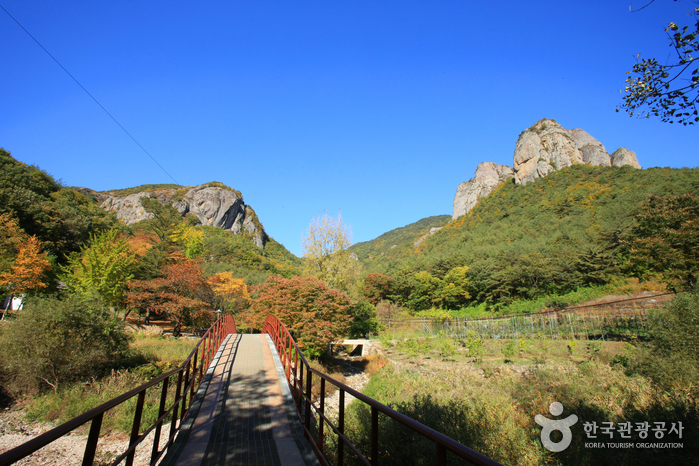
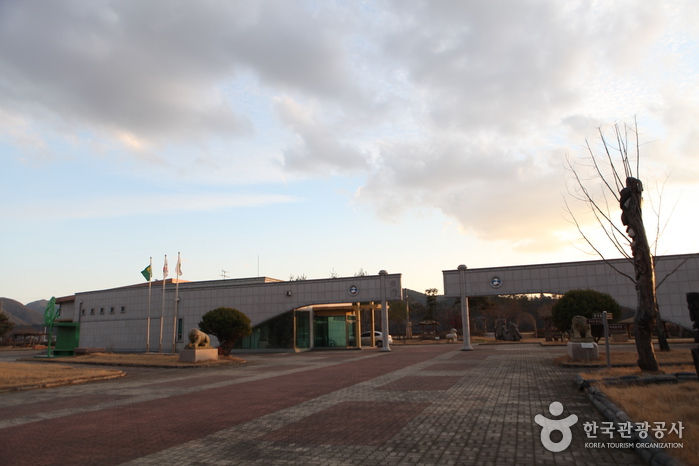
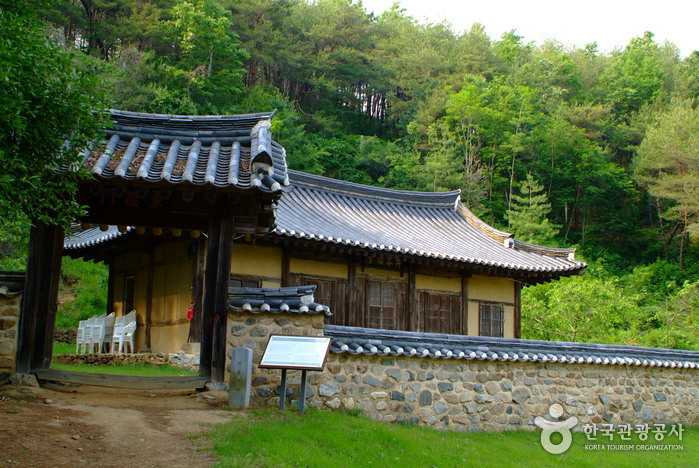

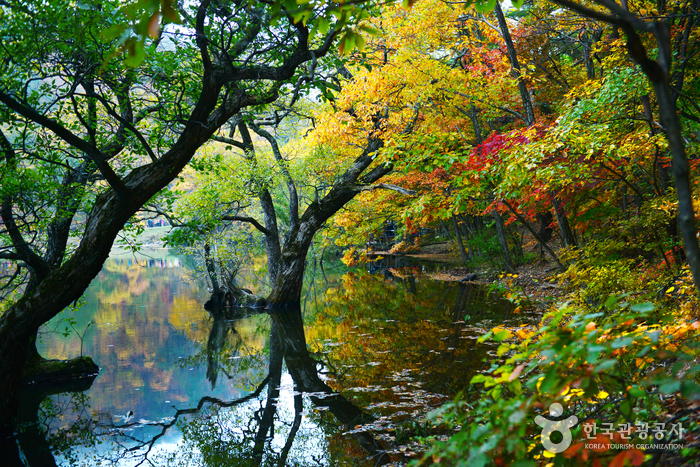
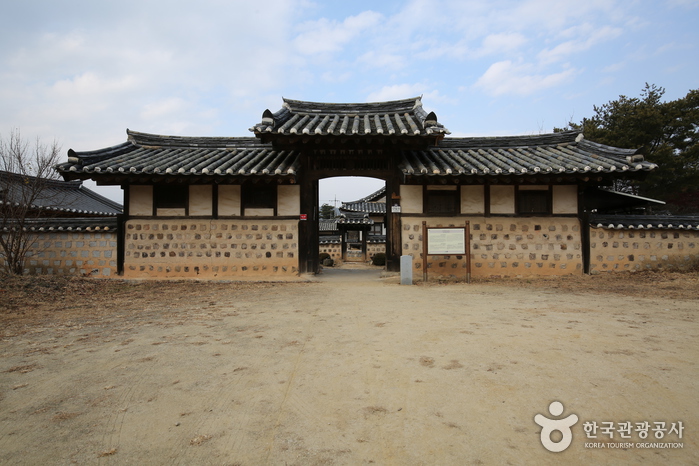
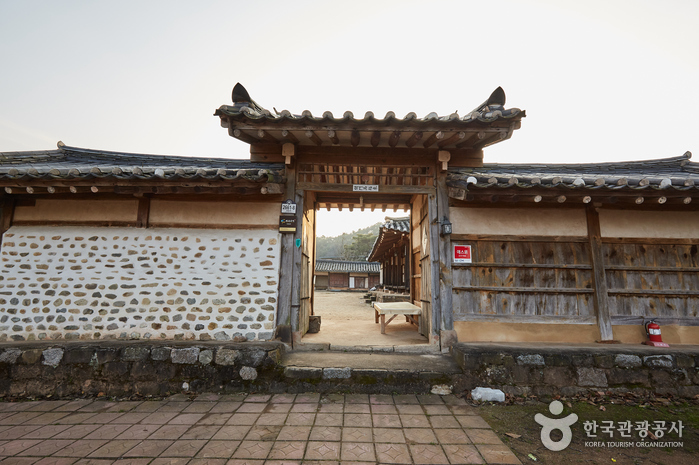
 Français
Français
 한국어
한국어 English
English 日本語
日本語 中文(简体)
中文(简体) Deutsch
Deutsch Español
Español Русский
Русский